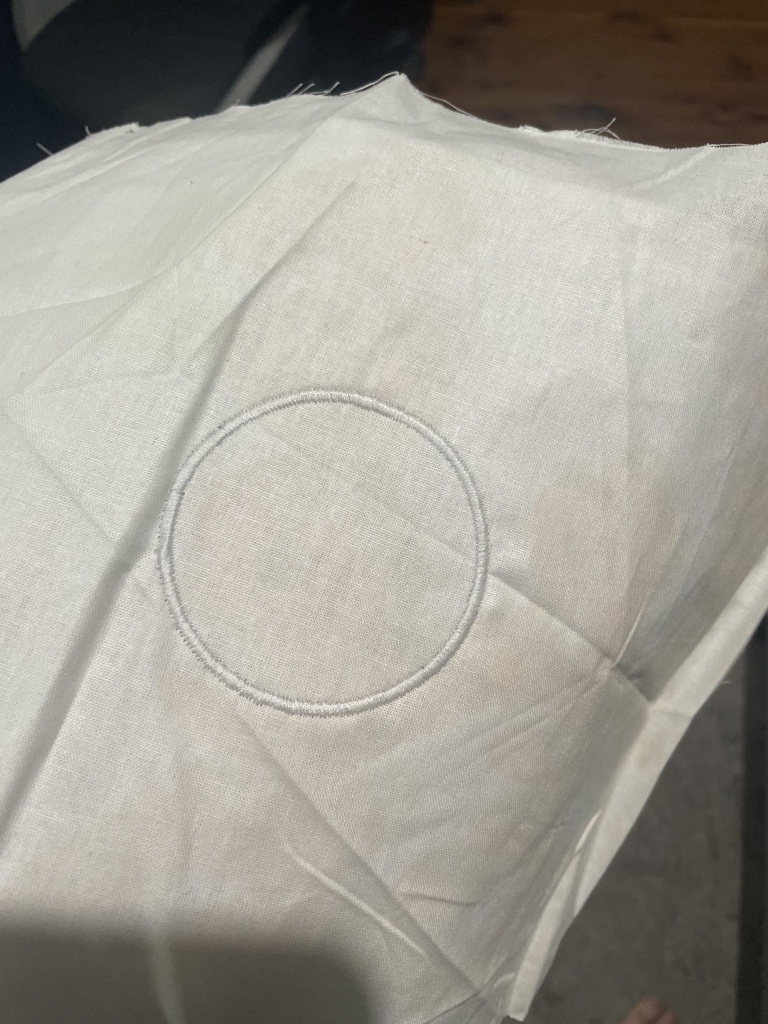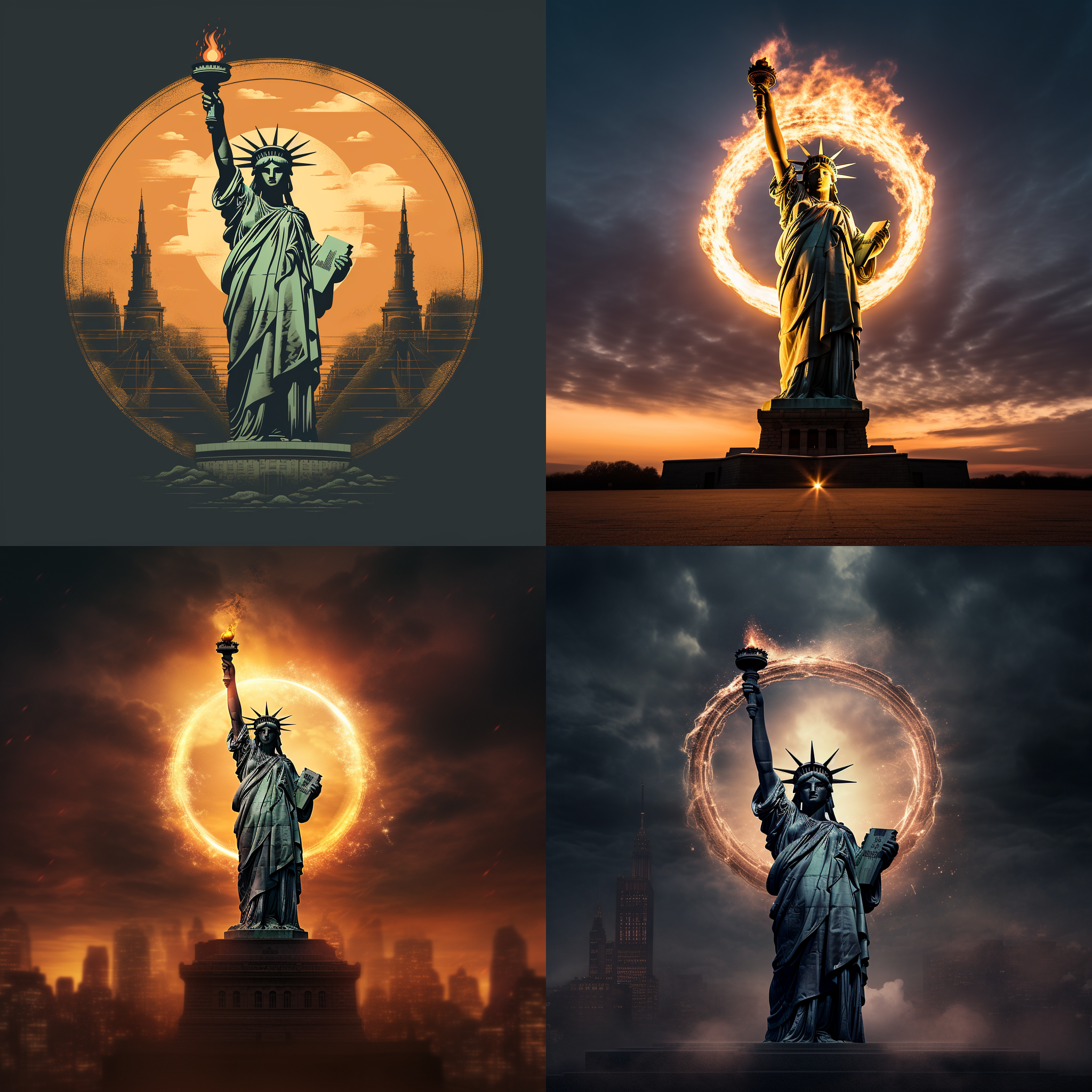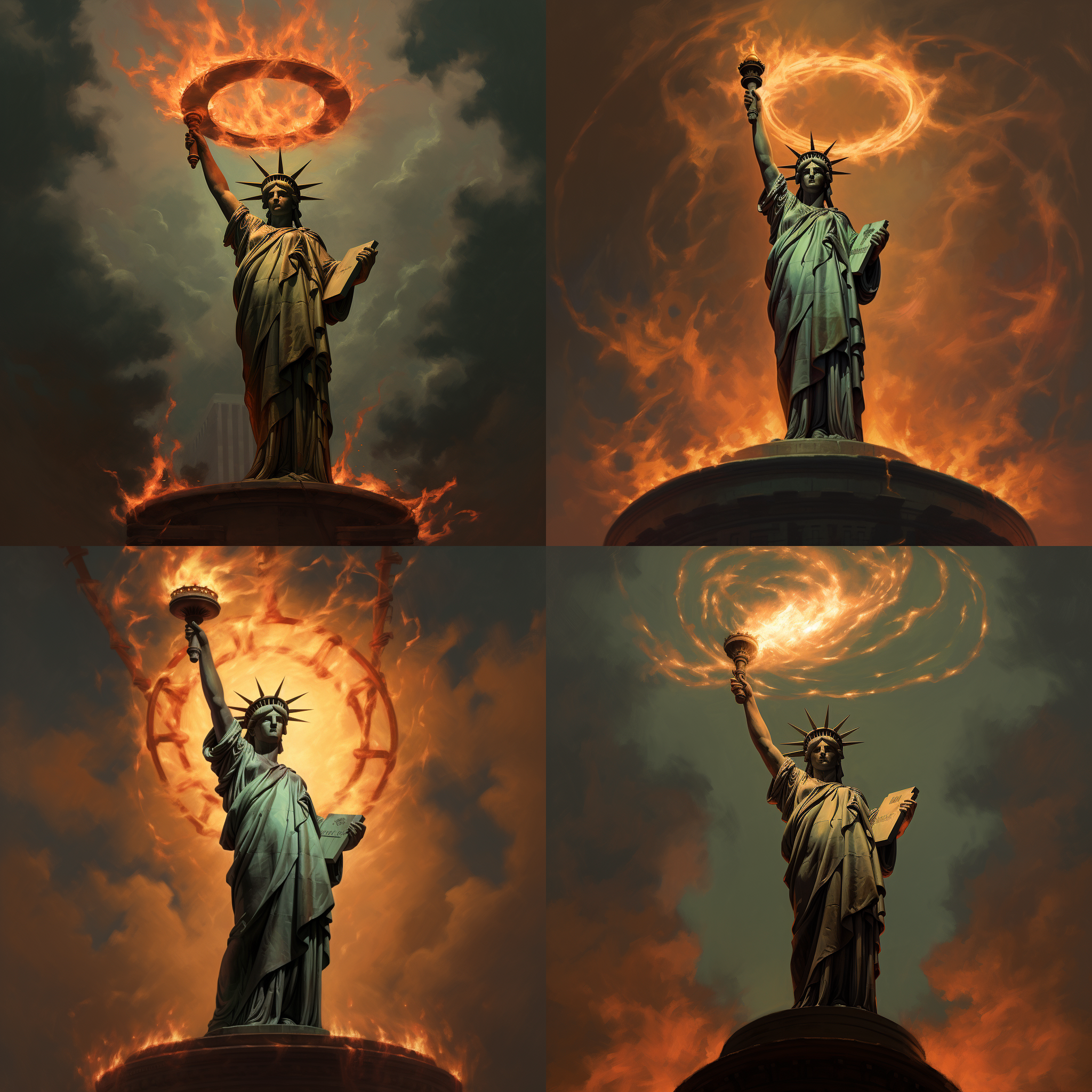Cover image created in Midjourney using prompt: sydney harbour bridge with circles, realistic

Throughout the course of this semester in BCM 206, our project, The Round Revolution, has seen a multitude of ideas and potential pathways to take. In this reflection, I will demonstrate some of the ideas, actions and learning moments that have been working towards to the social utility of The Round Revolution, which is to inform audiences of traits exhausted by shared online ideologies and the potential dangers that come with it, all in a comical and entertaining persona.
T-Shirt Prototyping
The development of tangible media I think was the most difficult concept for me to grasp, after all this is a digital artefact, right? Prior to this subject I had very minimal experience with the Makers Space, but I thought it’d be about time I gave it a go thanks to the encouragement of the group. I took the plunge and began thinking about what piece of tangible media would express the project’s goal but still retains power in its presence. This is when I landed on an embroidered t-shirt. I went with the embroidery route rather than sublimation printing as embroidery tends to last longer than print and provides a more professional result. The simplicity of the design is intentional, at surface, there’s no information provided besides a circle, prompting conversation. Alike to the anti-COVID-19 vaccine movement and continuous rallying behind former US president Donald Trump, people are finding belonging and purpose online as they would have in a physical group (Wired 2021). Just as these groups have their own objects on the account of self-expression and identity (Liau & Wang 2020), ours endorses this without the need to majorly disrupt the routine of daily on-and-offline lives and interactions with others who don’t share the same beliefs. This only being a fresh idea, I’ve learnt that dense and wide stitching works better rather than thin stitches, making the design more prominent whilst maintaining simplicity. The next steps in this process will be trialling the design on shirts to see what kind of reactions they provoke, and if necessary, using alternate garments to further strengthen the designs power in presence.


AI Generated Images
After playing around with AI here and there, mainly ChatGPT, I moved into exploring AI image generation via Midjourney. The initial problem I ran into was my prompts not being specific enough. Example prompts generated by Midjourney are vastly complex and highly detailed, producing the most precise of results. I started by using just simple prompts and regenerating variants from there, which led me to the designs that were saved and shared. This way I was able to get the result I was thinking about, rather than struggling to think of the correct prompts. From this, I’m learning how to be more specific with AI models in order to use them to their full potential. Midjourney has proved more difficult in this scenario. Allowances are made for minor edits and variations on images, but ultimately, the model will only take the one prompt and return 4 different results. From there the variation options provided are only ‘subtle’ and ‘strong’, leaving minimal room to obtain the content I’m after, without starting over. Despite this challenge, an overarching theme amongst the developed content has been achieved, offering a distinct online practice (Hardy et al. 2012). By taking objects audiences are already familiar with and implementing alterations of the project’s goal, allows for recognition of themes that may be pre-existing in content observed by the audience.
Above: The final developed content against its earlier iterations.
AI Generated Text – 10 Commandments
Throughout my time at university, as mentioned earlier, I’ve dipped my toes into the world of AI playing around with ChatGPT, doing things like asking it for movie and music recommendations and summarising texts I didn’t have the attention span to read. This session however, with granted permission (and requirement), I’ve been allowed to dive in head first. We started our WordPress blog and as a joke at first, I asked ChatGPT to create 10 commandments about “Circular Fletcher” (being our unwillingly appointed leader). To my surprise, what the model spat back out was, in fact, a really good content piece. Following this prompt, I asked it to rewrite the commandments in the context of the project as a whole. Implementing what I’ve observed through research, our target demographic of younger adults prefer content short and easily digestible. Taking inspiration from layouts seen on sites such as Buzzfeed, a short-formed, list-stylised post, creates a more accessible and readable experience for the audience. For straightforward tasks like the aforementioned, require little detail and specification in order to garner a good result. Whereas complex task with numerous points of attention mostly requires multiple attempts of informational input. This is where I’ve learnt that due to the simplicity of our content, we’re able to export high volumes of content in short bursts of time.
Drawing from these key learning moments, overall, has aided my navigation through the project both individually and collaboratively. Moving forward, my plan is to further investigate how to effectively capture audience’s attention using tangible and virtual emergent media, and further harness the full capabilities of AI content generation.
References:
Hardy A, Hanson D & Gretzel U 2012, ‘Online representations of RVing neo-tribes in the USA and Australia’, Journal of tourism and cultural change, vol. 10, no. 3, pp. 219–232.
Lalich J 2021, How Online Conspiracy Groups Compare to Cults, video, WIRED, viewed 12th September 2023, <https://www.youtube.com/watch?v=_RqNe5IrpP8>.
Liao, J & Wang, D 2020, ‘When does an online brand community backfire? An empirical study’, Journal of research in interactive marketing, vol. 14, no. 4, pp. 413–430.







Leave a comment